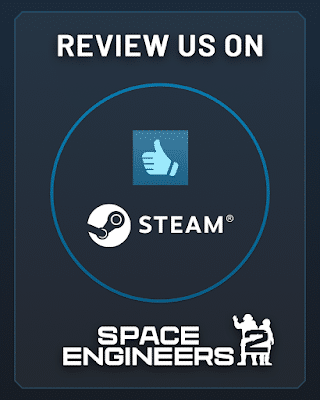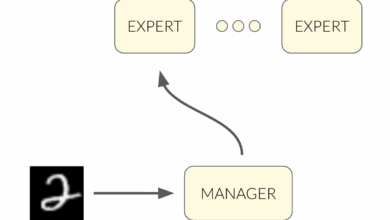Marek’s Dev Diary: August 21, 2025
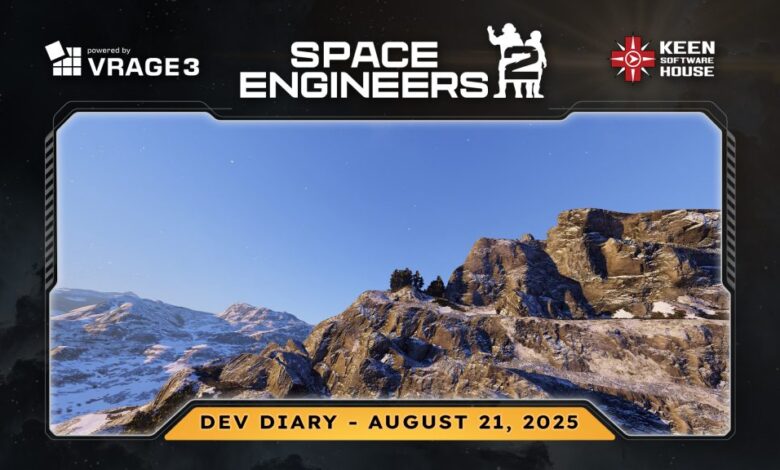
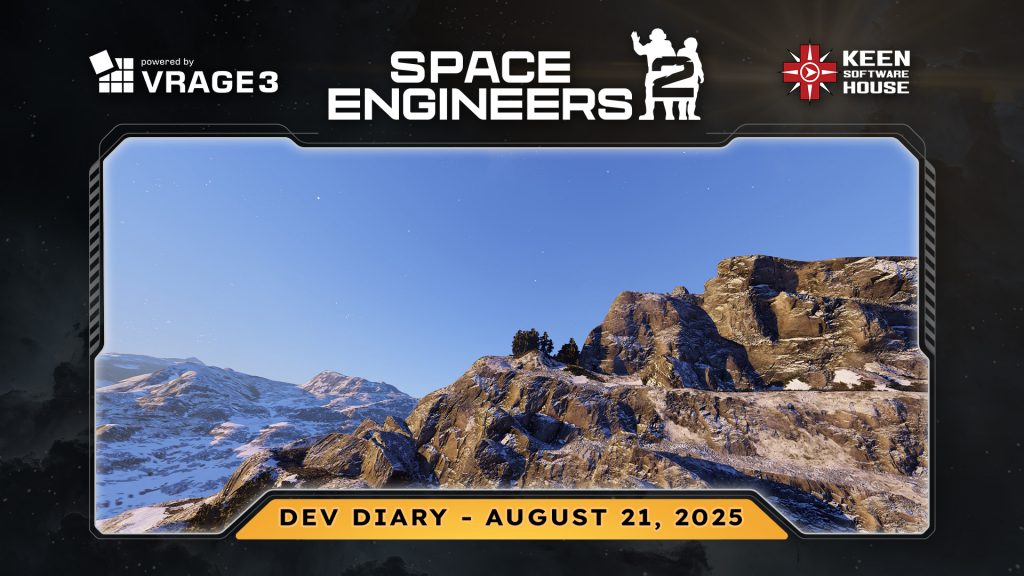
What is this
Every Thursday, I will share a dev diary about what we’ve been working on over the past few weeks. I’ll focus on the interesting challenges and solutions that I encountered. I won’t be able to cover everything, but I’ll share what caught my interest.
Why am I doing it
I want to bring our community along on this journey, and I simply love writing about things I’m passionate about! This is my unfiltered dev journal, so please keep in mind that what I write here are my thoughts and will be outdated by the time you read this, as so many things change quickly. Any plans I mention aren’t set in stone and everything is subject to change. Also, if you don’t like spoilers, then don’t read this.

Space Engineers 1
Free Weekend Alert! From Thursday, August 28th, at 5 PM UTC, until Monday, September 1st, at 5 PM UTC, you can play Space Engineers on Steam for free!
If you’ve ever been curious about building, exploring, and surviving in the ultimate sandbox, there’s no better time to jump into Space Engineers. Try out the full game, experiment with engineering and design, and see why the community has been building in space for over a decade.
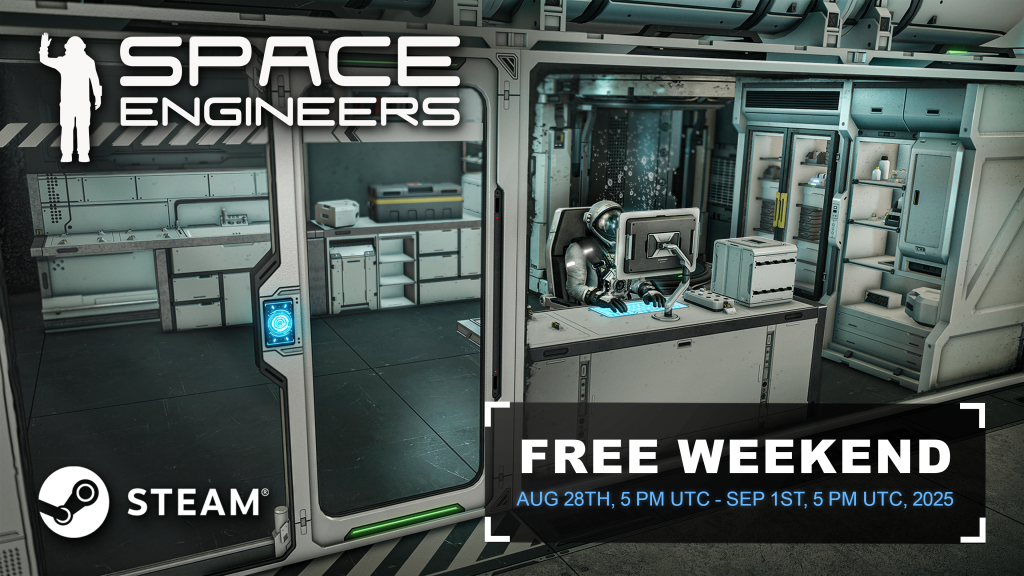
We’re also once again substantially increasing the drop rates for all skins from Unknown Signals on Steam. Strong Unknown Signals are especially rewarding during the Free Weekend event, as they have a higher chance of dropping the rarest skins.
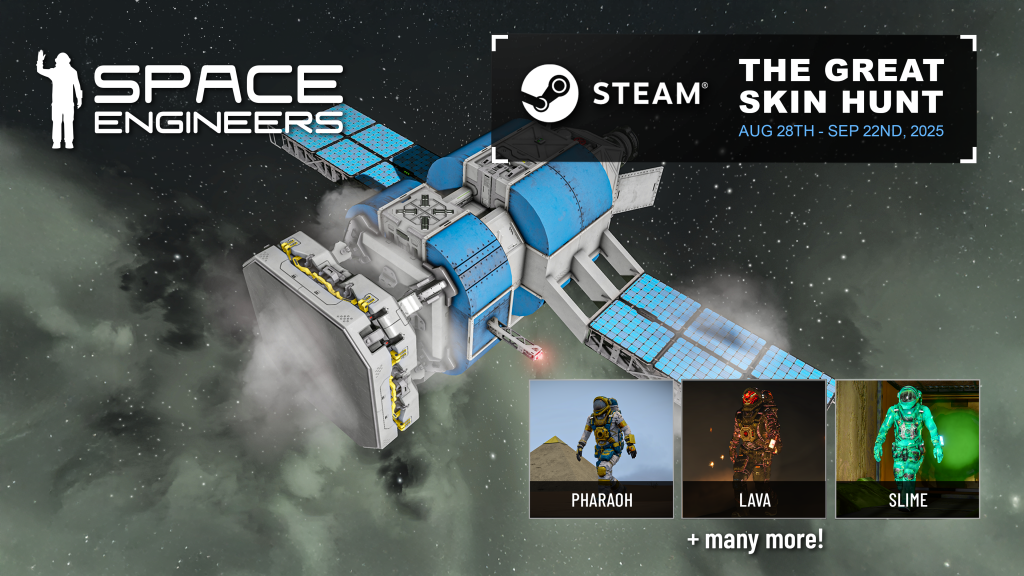

Space Engineers 2
End of weekly releases & More dev time on VS2
This week marked our last Space Engineers 2 Weekly Release for a while. All hands are now on deck for Vertical Slice 2: Planets & Survival, and the team is pushing hard to bring this milestone together.
We are ending or pausing weekly releases, which involve adding new blocks every Thursday, to minimize distractions and allow everyone to concentrate on VS2. This decision was also made because the weekly releases created complications in our branch merging process as we are finishing VS2. Artists and designers had to push each block twice – to both the public branch and the VS2 branch – leading to inconsistencies and requiring extra support time. We believe this time is better spent working directly on VS2.
Overhangs and boulders
One significant improvement I’m excited about is the introduction of overhangs. In Space Engineers 1, terrain was largely restricted to pyramid-shaped hills and simple rock formations. This limitation stemmed from defining the planet surface with a planetary heightmap, allowing only one parameter per voxel: its height.
With our new VRAGE3 engine, we can now generate natural-looking overhangs, cliffs, and more complex landscapes. This makes the planets feel much more alive and believable.
While we still utilize a planetary heightmap (a cube projected onto the planet where the height of each voxel/location is defined; a voxel’s size is 1 meter, and the current heightmap resolution is one pixel per 8 voxels, though a “detail heightmap” ensures an effective resolution of one pixel per 1 voxel, resulting in 1-meter resolution), the game also spawns small voxel storages of overhangs and boulders throughout the environment.
The procedural generator ensures these are placed in natural locations, enhancing the shapes of mountains, hills, flat areas, and canyons. The end result is that the surface is no longer merely 2.5D (the maximum achievable with a heightmap) but fully 3D. Additionally, we have caves, as the game now also subtracts from the surface to generate them.
Material Transitions
Artists are enhancing the visual quality of planetary voxel material transitions. In Space Engineers 1 (SE1), material blending between voxels occurred simply over the surface of a single voxel (one triangle).
In Space Engineers 2 (SE2), these transitions can extend across multiple voxels and triangles. Additionally, a transition mask with height information allows for significantly more natural-looking material transitions.
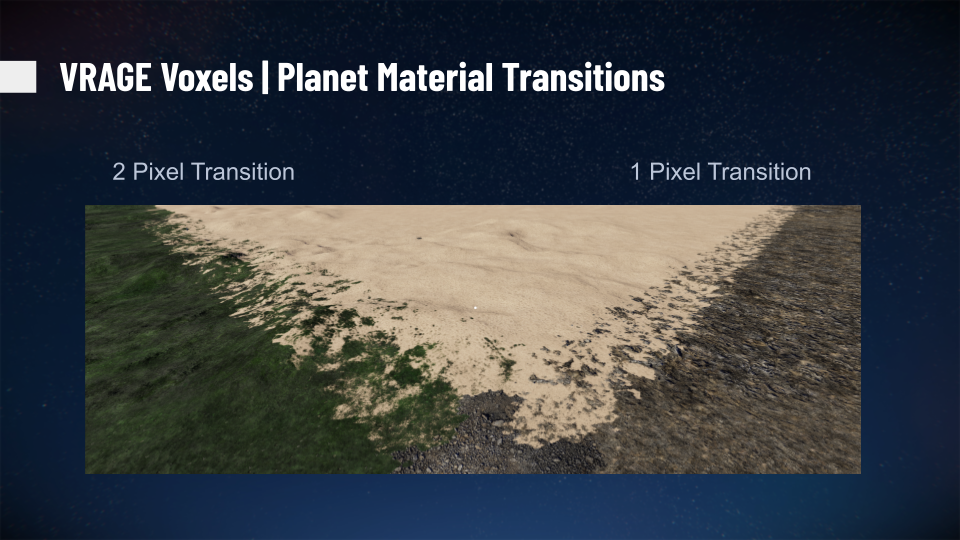
Planetary Rings
We’ve also been expanding the internal VRAGE3 Editor. Here you can see editing planetary rings directly inside the tool. This is one of many incremental improvements that help us create richer worlds faster and more efficiently.
Planetary rings are something I’ve wanted to try for a long time. They add scale and atmosphere to a system, and open up interesting design and gameplay questions.
==
Man, I love working on SE2. The game I see in my head is such an amazing piece of work. If we get even to 50% of it, I can die happily 🙂
==
Do you like the idea of planetary rings? Should they just be beautiful backdrops, or should they have resources and hazards hidden inside them?

Let me know what you think about any of this.
I read all your comments – it’s one of the best parts of my life.
